“The significant investment in fiber connectivity statewide… puts Utah in a unique position to take… Smart Cities to the next level and deploy the first Smart State in the nation.”
– US Department of Transporation
Read on to find out why we might have said…
“No!” …to being the first smart state!
… if only we would have been asked.
When those of us who pay attention to what the mainstream media (msm) is putting out, notice a particular narrative being set up, we start to question it. In that same vein, when we see them pumping out a certain statement, we take them seriously for our own reasons. Someone wants the public to not only know about something, but believe it. Sometimes it’s correct and sometimes it is not.
I had heard whispers about Utah taking the lead in “ushering in” the “Fourth Industrial Revolution” (4IR). Defending Utah did a breakdown here. But is that true? Or was it just narrative prep for something else? This led me to start investigating.
What I turned up is quite interesting. My goal in this series isn’t to TELL you what to think one way or another, but to give you information so you can make your own conclusion.
What I will remind you before starting is this: Almost everything has a “prior”. Meaning Utah may not be the “1st” or the “only” to “usher in,” but ideas get revamped and reloaded to be pushed via a new leader. Is Utah that instrument this time around?
This is the first in a series we are doing about Utah becoming the first “smart state.”
First of all, what is 4IR?
According to one definition,
The Fourth Industrial Revolution (4IR), characterized by the fusion of the digital, biological, and physical worlds, as well as the growing utilization of new technologies has ushered in a new era of economic disruption with uncertain socio-economic consequences
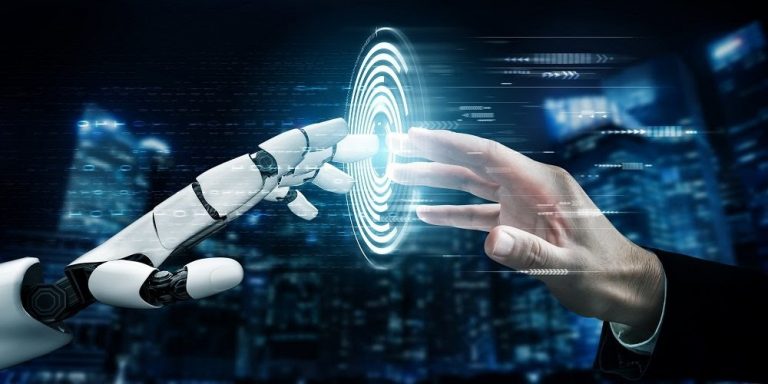
Source: Siskus
Where do “smart cities” fit in?
You may be asking how do smart cities play into the 4IR? Geo Spatial World did a great job answering that question.
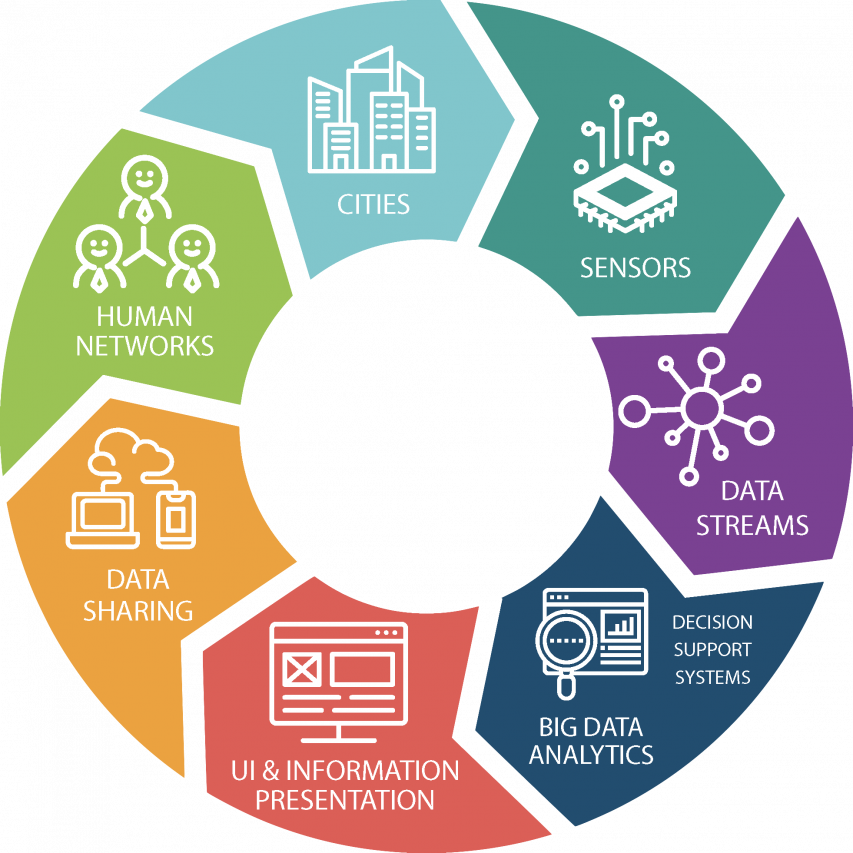
Source: smartcities.png (1963×1963) (smarttransit.ai)
Below is a blurb from their blog:
Smart cities world over are becoming webs of Information and Communication Technologies (ICT), integrating the Fourth Industrial Revolution (4IR) technologies like Location information, Internet of Things, Artificial Intelligence, sensors, etc. The most important part of this ICT structure is an intelligent grid of connected devices that transmit data through the cloud. This cloud-based network of devices receives, manages and analyzes real time data which is extremely useful for municipalities and urban authorities in decision making.
Better yet they give you an image of how every aspect of life will connect in the control system:
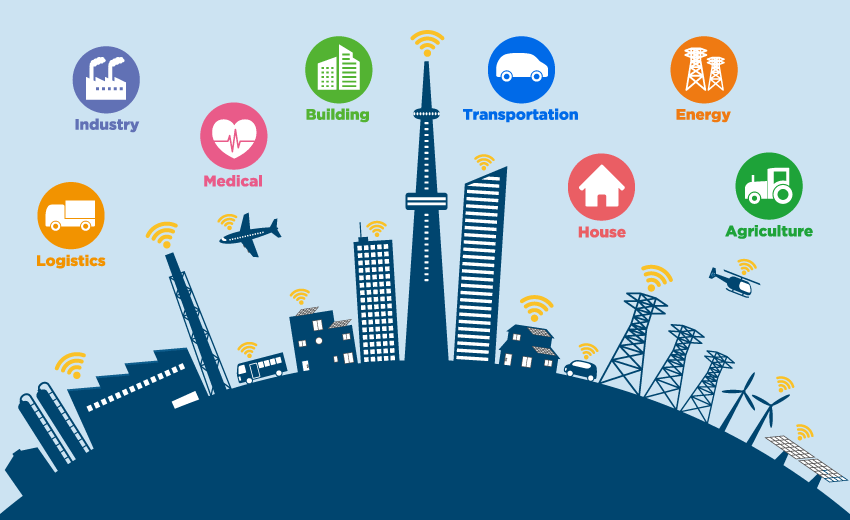
Now that we have the basics out of the way, my adventure starts with a website someone pointed me to: U.S. Dept of Transportation- Federal Highway Administration (archived version). This page is quite enlightening on the outline for Utah via UDOT. It appears to have been posted in 2017. A majority of the “Advanced Transportation and Congestion Management Technologies Deployment (ATCMTD) Initiative – Utah Connected: Volume 1: Technical Application” appears to have been implemented
As I read over this, a particular portion stuck out to me:
“The significant investment in fiber connectivity statewide made over the past several years puts Utah in a unique position to take the ideas behind Smart Cities to the next level and deploy the first Smart State in the nation. This program will continue to provide connectivity benefits to citizens around the entire state—urban and rural. Utah Connected leverages significant previous investment enhancing the benefits Utah already enjoys, including the State’s extensive fiber optic network, statewide signal interconnectivity, existing performance management, a soon-to-be operational Connected Vehicle corridor — also a first in the nation — and road weather and active traffic management field equipment. State-wide probe data from a third party, in the final stages of procurement as of this submission, will be used to support the deployment of the Utah Connected program. Our support from the State Legislature is considerable and consistent, and Utah is home to the “Silicon Slopes” program (https://siliconslopes.com), welcoming software companies throughout the nation to spur innovation and incubate new ideas.”
Many cities have had what I would call a “theatrical debate” about fiber. Some, like Bountiful, are acting as if it’s still up for debate. The quote above from 2017 would appear to indicate that fiber was already decided on and contracted. So, this leaves me asking if the public’s input ever was truly wanted or heard?
Do you remember any of your elected representatives asking whether you want Utah to be a “smart state?”
The next item that caught my attention was the reference to “smart cities” and taking the “ideas” behind them to the “next level.” As you can see, those would lead Utah to be the “first smart state.” As I mentioned above, their “initiative” has been implemented. So I’d argue Utah IS the first smart state, and that We the People are unaware. If the people had been given all the information in a thorough and honest delivery, would they have chosen this? At this point we will never know, because it appears that choice was made without our full input and understanding.
Where does Governor Cox stand?
It also made me ask why our current Governor, Spencer Cox, is stating he’s “never heard about it” in this short video clip where Jason Preston asks him about them (despite the evidence that he knows about them). Cox says they are “made up conspiracies.” What makes this even more puzzling is when Governor Cox spoke on them in 2019 he mentioned both “smart cities” and “first smart.” Some key minute markers are around 21:48, 25, and 34 minutes in. I would highly recommend watching the entire video. There are several key things discussed that may sound off some alarm bells.
While I could question if that is representative government, and I do, I will leave that up to you to decide. In this series I want to stay focused on the digital transformation of Utah into a possible 4IR leader.
Are there “smart cities” in Utah?
I decided to look up “smart state” and “smart cities” in Utah. This popped up some websites and documents. They range in date from the 1990s up to now. A few caught my attention, and I will delve into a few in the future articles in this series (so be sure you’re subscribed), but before that I want to point you directly to Utah’s government website.
When you type in “smart state Utah,” it takes you directly to Utah.gov and the page is titled Internet of things (IoT). Now for those who do not know what IoT is I will give you a brief description:
The Internet of things describes devices with sensors, processing ability, software and other technologies that connect and exchange data with other devices and systems over the Internet or other communications networks. The Internet of things encompasses electronics, communication and computer science engineering.
– https://en.wikipedia.org/wiki/Internet_of_things
If Wikipedia isn’t “serious” enough for you, then we have the dictionary definition below:
the interconnection via the internet of computing devices embedded in everyday objects, enabling them to send and receive data. “if one thing can prevent the internet of things from transforming the way we live and work, it will be a breakdown in security
Now that we have that out of the way, what does Utah.gov say?
As a longtime leader in digital government, the State of Utah has been actively pursuing technologies that lead to increased efficiency and better government service. Some of these have included development of systems that rely on sensornets and internet connections to collect and interact with data from a vast array of things across the state.
As Utah continues to connect a wider variety of things to its networks, the Department of Technology Services will need to provide the necessary bandwidth, data and analytics services, and internet interfaces to help optimize the use and sharing of these new smart-network components.
As critical services become increasingly connected, the State of Utah must also ensure that these services are secure and reliable. Incorporating this connected environment into the future “Smart State” is critical to ensuring that these services are sustainable.
A few things to note from the above, aside from their clear statement about Utah being a “longtime leader,” are: “sensornets,” and “collect and interact with data,” and “smart-network components.” The biggest part to pay attention to for this article is the very direct statement about “future smart state.”
What does a “smart state” mean to you?
What do you think a “smart state” might look like? We can find clues in this list of what is NEEDED to become a “smart state?” According to Smart Cities Council:
During the workshop [2016], several key action areas were prioritized with accompanying goals, assigned leadership roles and designated project partners, including the following:
Applying sensors and Internet of Things (IoT) to buildings and streetlights
Enhancing mobile citizen engagement and delivery of government services
Developing a procurement platform to obtain better pricing through volume discounts and streamline city and state purchasing
Generating more benefits from the existing portfolio of state assets
Creating a more business-friendly state supported by a digital portal
Applying smart cities standards
Reviewing policy and regulations to remove barriers to implementing smart technologies
Establishing a Smart Illinois brand [think Utah here instead of Illinois]
After reading that plus the digital connected page on Utah’s very own government website, how far down this road do you think Utah is? Do you think the above is accurate in its description of what Utah’s government intends to provide, or do you think there may be different intentions than those clearly stated? For example, there are a lot of opportunities for government surveillance in this list.
In our next article we will answer some of those questions, or at the very least give you some various points of view.
FURTHER INVITATIONS:
– Subscribe to our mailing list
– Become a supporter of our work to keep this site going (we are fully grassroots and supporter funded)
– Start learning how to become an activist yourself (we offer options to take action for those who want to go beyond basic support)


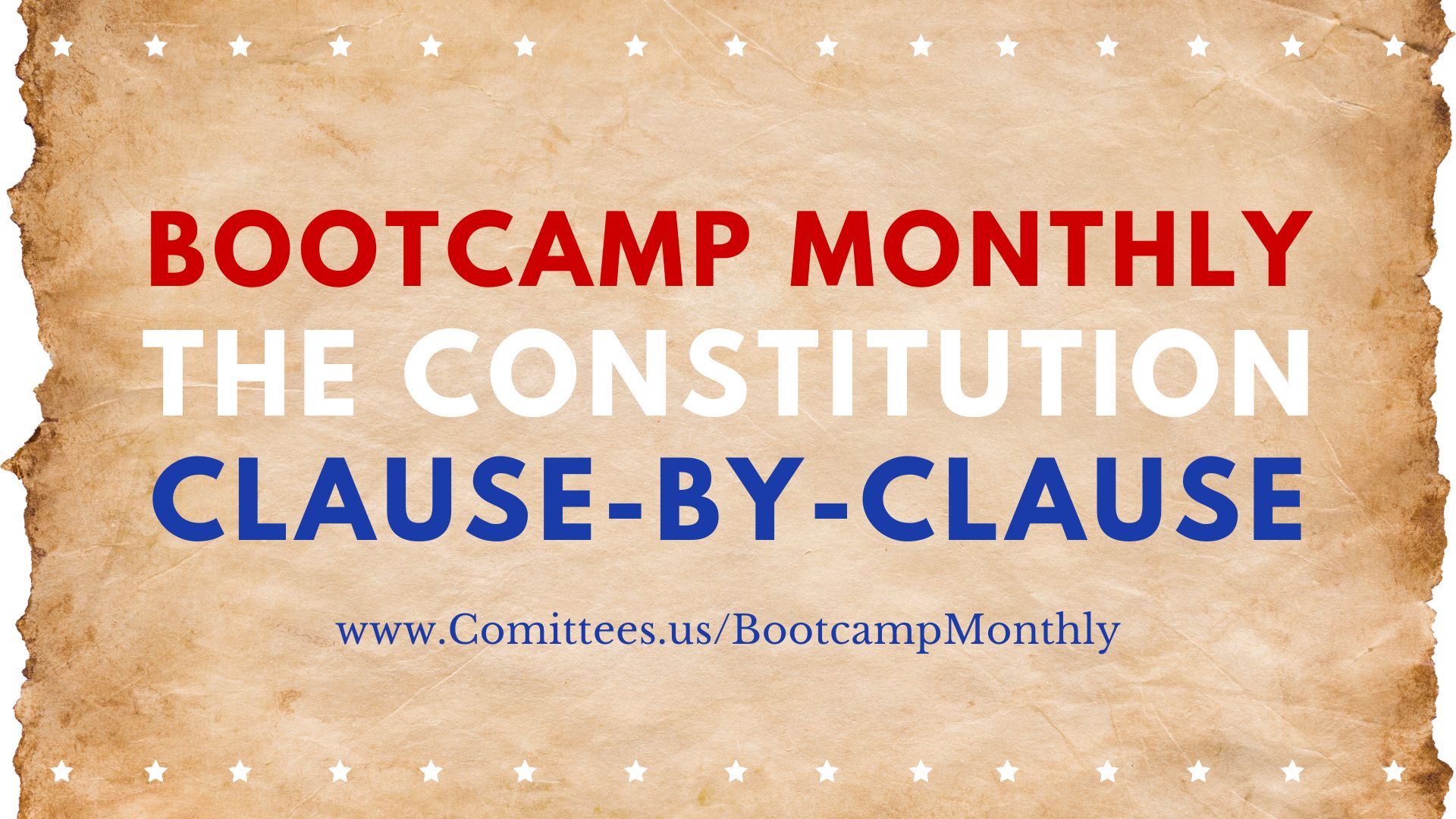


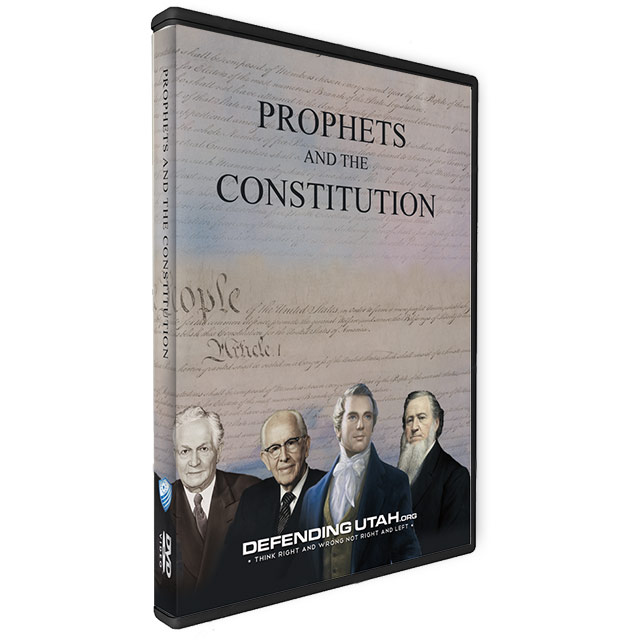

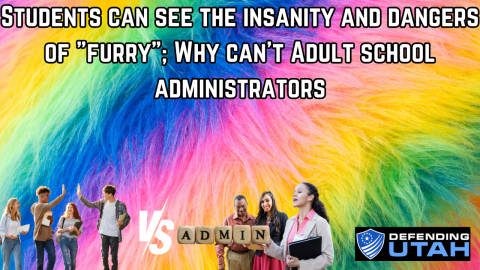


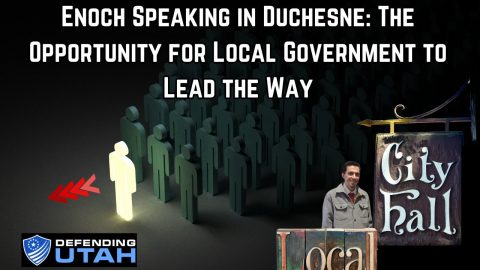
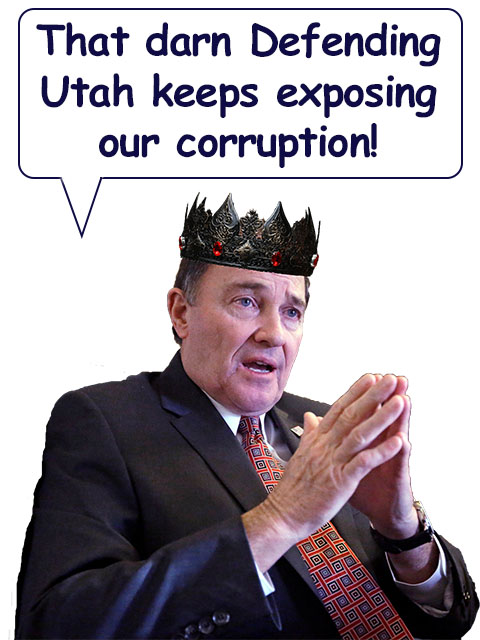
One Response
THIS IS FOR A COMMUNIST GLOBAL UTOPIA!! THE PEOPLE OF UTAH WOULD NEVER COMPLY WITH THIS!